Canada Beef Performs Newsletter
We respect your right to privacy. We will not share or distribute your personal information and you can opt out anytime. ~Canada Beef

.
Canada’s food safety systems focus on prevention and involve a comprehensive partnership between government and industry.† This approach has resulted in Canada being among the highest ranked countries globally in terms of food quality and safety.
Canadian beef processors are dedicated to ensuring the highest standards of food safety for our products. To achieve this outcome, we work closely with the Canadian Food Inspection Agency in the development and implementation of our food safety systems.
Russ Mallard, Chair, Canadian Meat Council
Each step during cattle harvest is performed with great care to ensure all food safety requirements are satisfied.
Under Canadian law, each animal must undergo ante-mortem (before harvest) screening by trained operators to detect potential illness or injury. Canadian Food Inspection Agency (CFIA) personnel then conduct a further ante-mortem inspection, including a detailed assessment of any animal showing evidence of disease. Cattle not meeting animal health requirements are clearly identified, segregated from other cattle, and completely excluded from meat production.
Healthy animals are stunned and bled in a humane manner using only methods approved by the CFIA
Following the removal of the hide, it is a requirement that the animal ID tag be attached to the carcass to maintain its unique identity. The head is also tagged before separation from the carcass and prepared for inspection.
Following post-mortem inspection of the head, the tongue and cheek meat are removed from healthy animals and all specified risk materials (SRMs) are disposed of in a container used exclusively for this purpose. Scientific research has shown that BSE infectivity is concentrated in specific tissues in an animal (such as brain and spinal cord) which have been defined as SRMs. Canada removes all tissues from cattle which are classified as SRMs by the World Organization for Animal Health (OIE).
A post-mortem inspection of the thoracic and abdominal viscera including lungs, heart, kidneys, liver, and digestive tract is also conducted following evisceration.
The carcass is split and a careful inspection of the external and internal surfaces of the carcass is made.
Removal of the spinal cord by an approved method, such as the use of a high power vacuum device, is required by law. Application of the Meat Hygiene Legend stamp to the carcass occurs only after removal of the spinal cord and successful completion of all post-mortem inspection procedures.
Following trimming, the carcass is subjected to one or more washing steps. Due to its ability to effectively reduce any bacteria on meat surfaces, carcasses typically undergo a brief exposure to steam, hot water or other antimicrobial treatment. Carcasses are then chilled, and microbiological testing can be used to verify the effectiveness of food safety measures.
A food safety preventive control plan (PCP) supports the safety of Canadian beef during fabrication and packaging. The PCP must be validated during development and verified once in operation by the Canadian Food Inspection Agency.
To ensure beef cutting and packaging areas meet Canadian regulatory standards, there are strict requirements for temperature control and sanitation. Each facility is required to have a written Sanitation Standard Operating Procedure (SSOP). Monitoring of the temperatures of room air, carcasses and finished cuts is conducted throughout the day, as required by each operation’s PCP system.
In addition to meat hygiene controls utilized throughout the production process, inspection of beef products is undertaken to monitor the quality and safety of the beef before packaging. Inspections are performed by quality control personnel and verified by the CFIA. The inspection process operates by utilizing a lot sampling procedure where corrective actions must be taken for the entire lot if the randomly selected sample is found to contain physical, chemical or biological hazards which would impact food safety.
Each establishment conducts microbiological testing in accordance with the frequency outlined in their PCP and regulatory requirements. Microbiological testing is used to verify the effectiveness of the sanitation program as well as critical control points for boxed beef production.
Fresh beef products are typically packaged in vacuum packaging with very low oxygen transmission rates because of the ability of this technology to reduce the growth of bacteria which would cause premature spoilage. The use of antimicrobial interventions along the production process enhances food safety as well as shelf life.